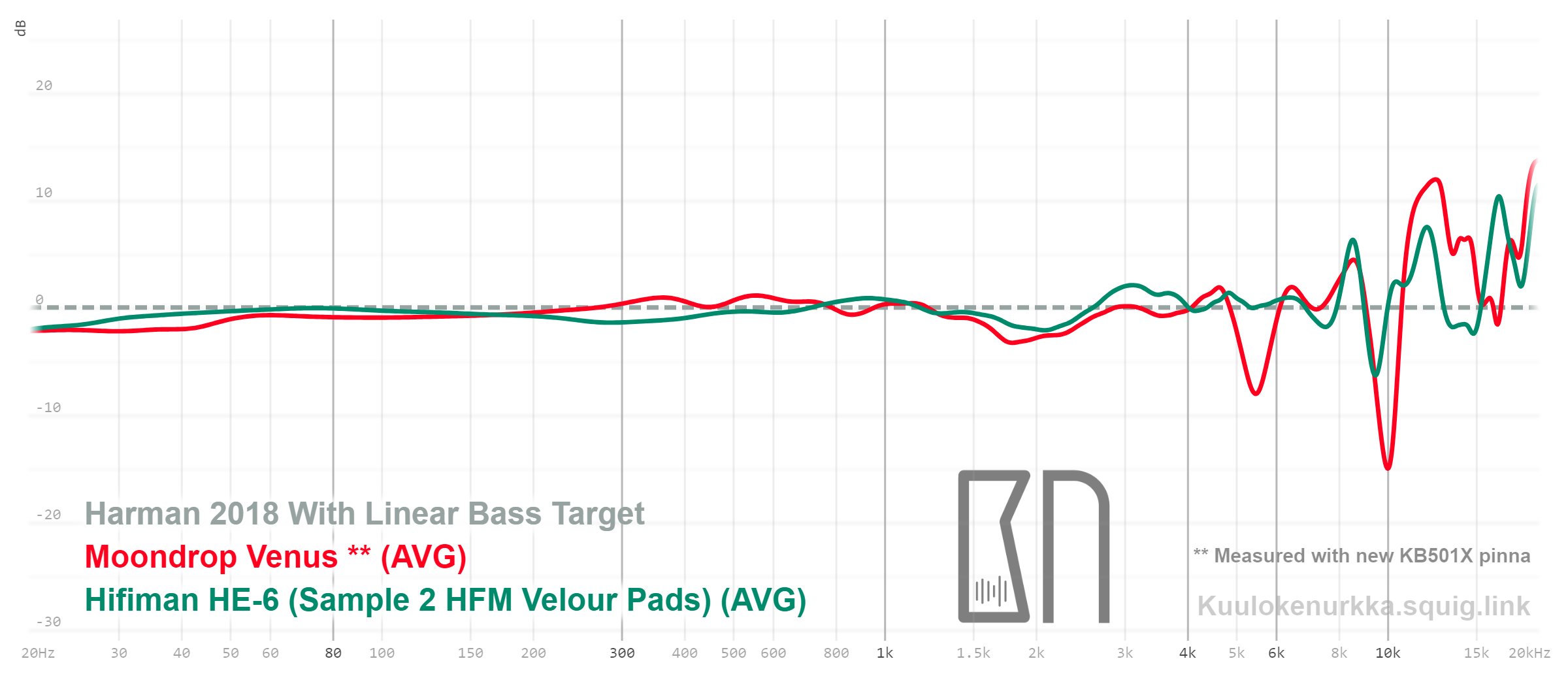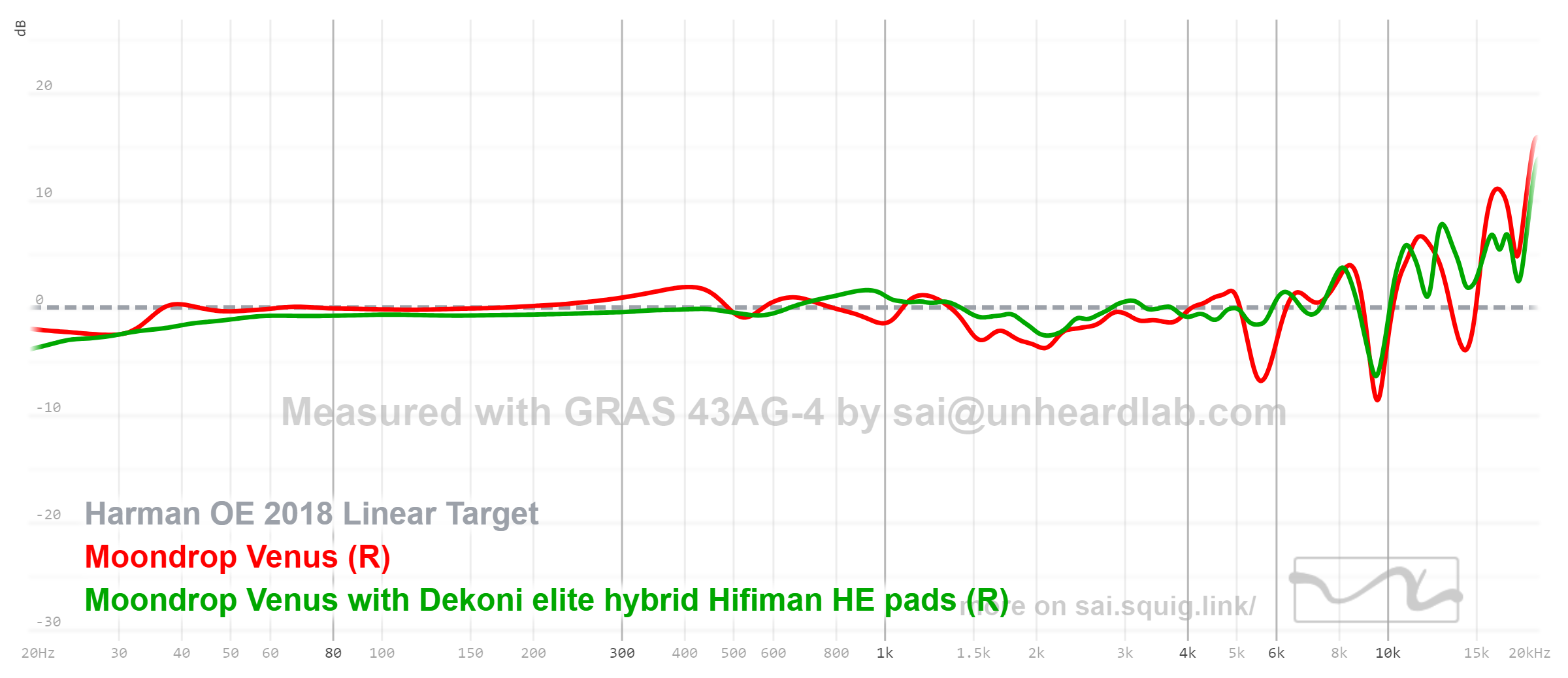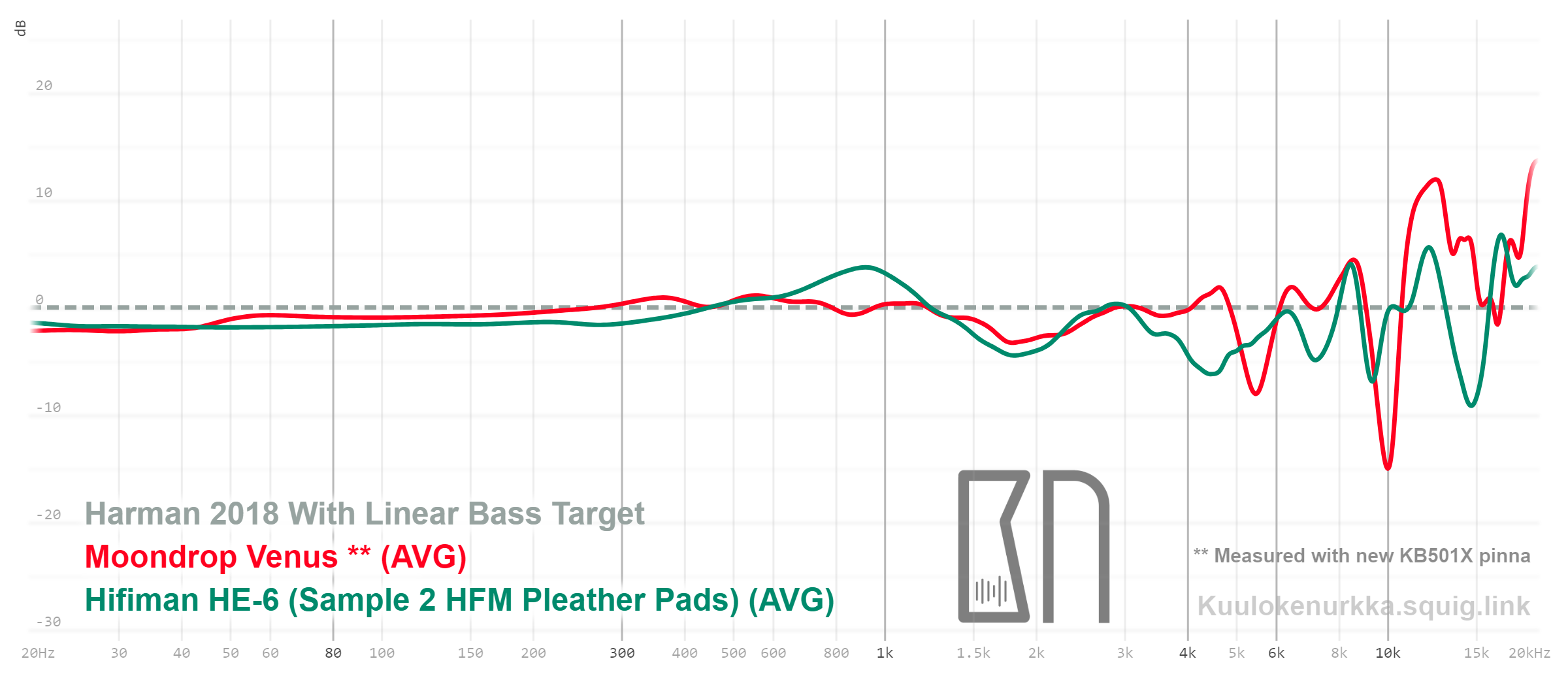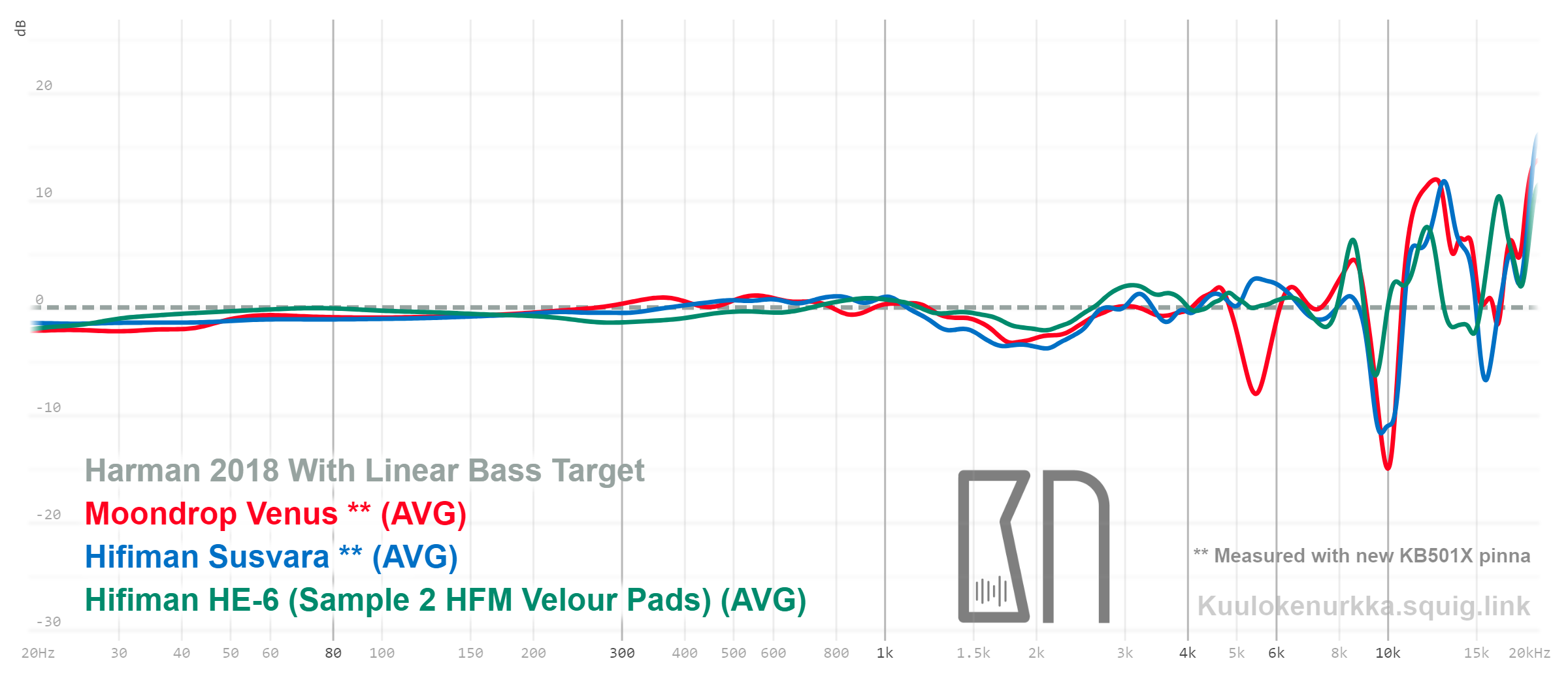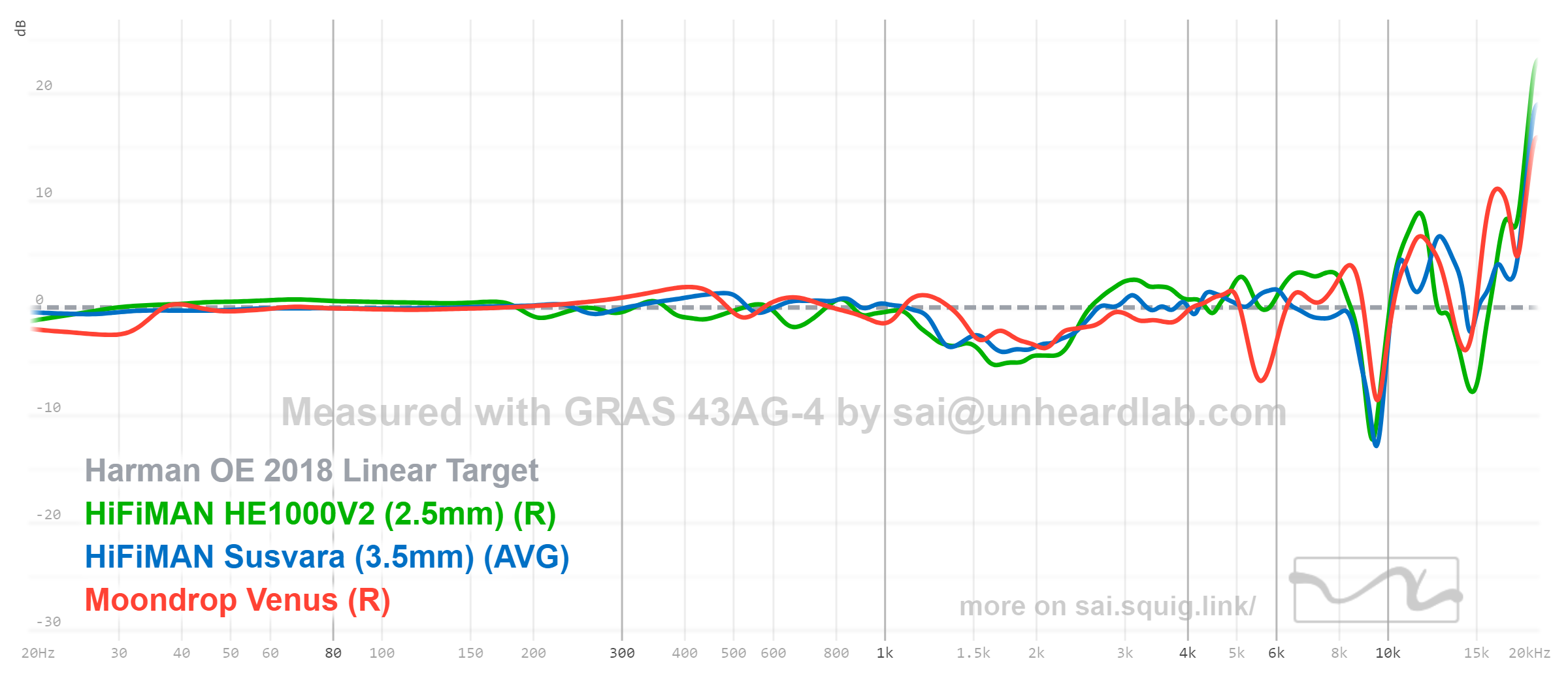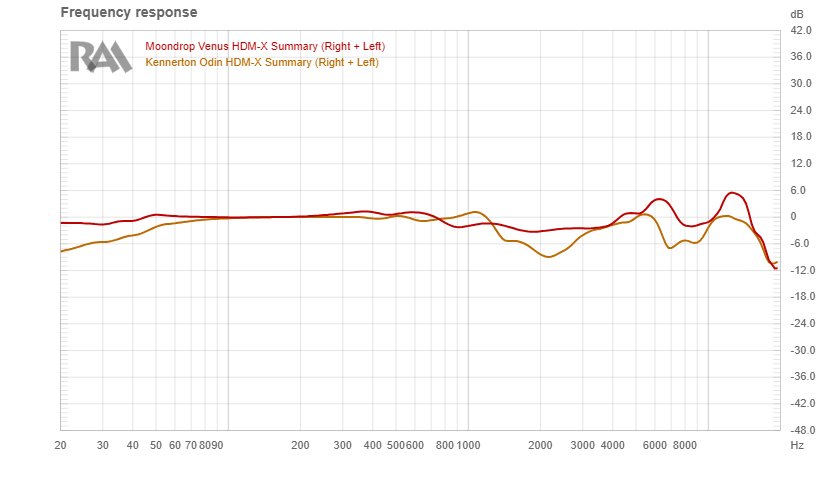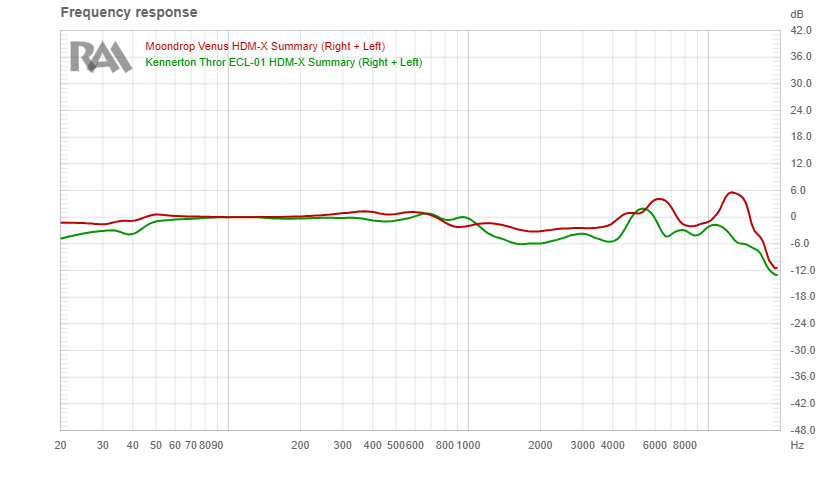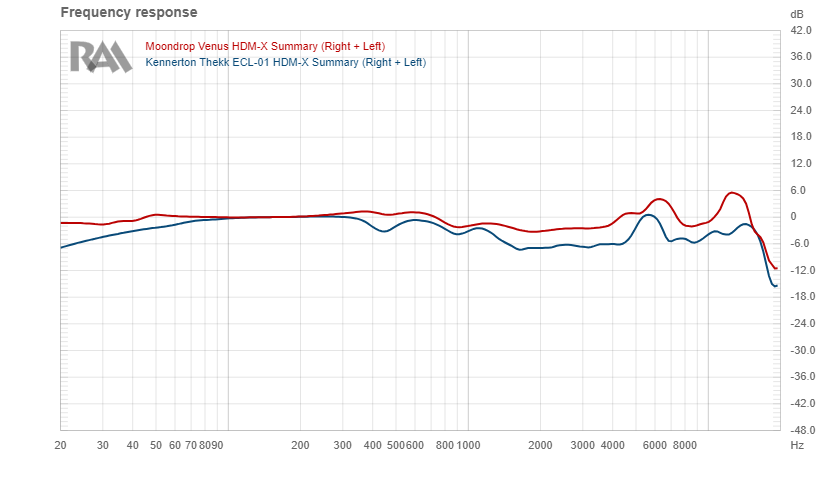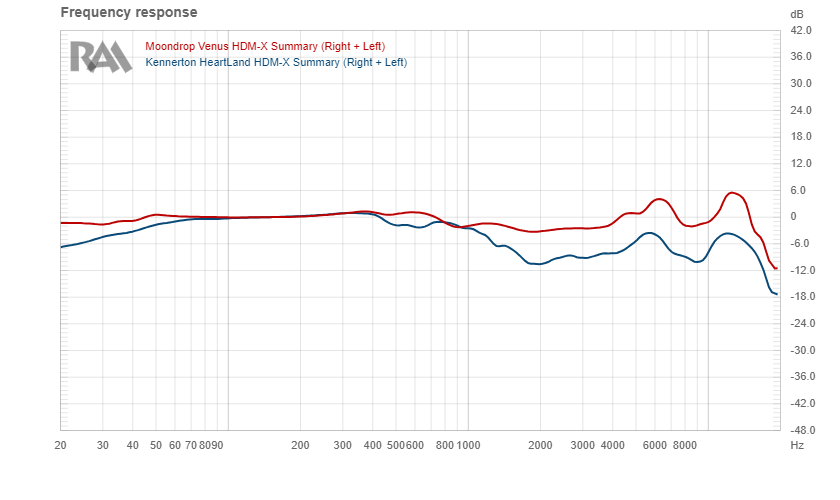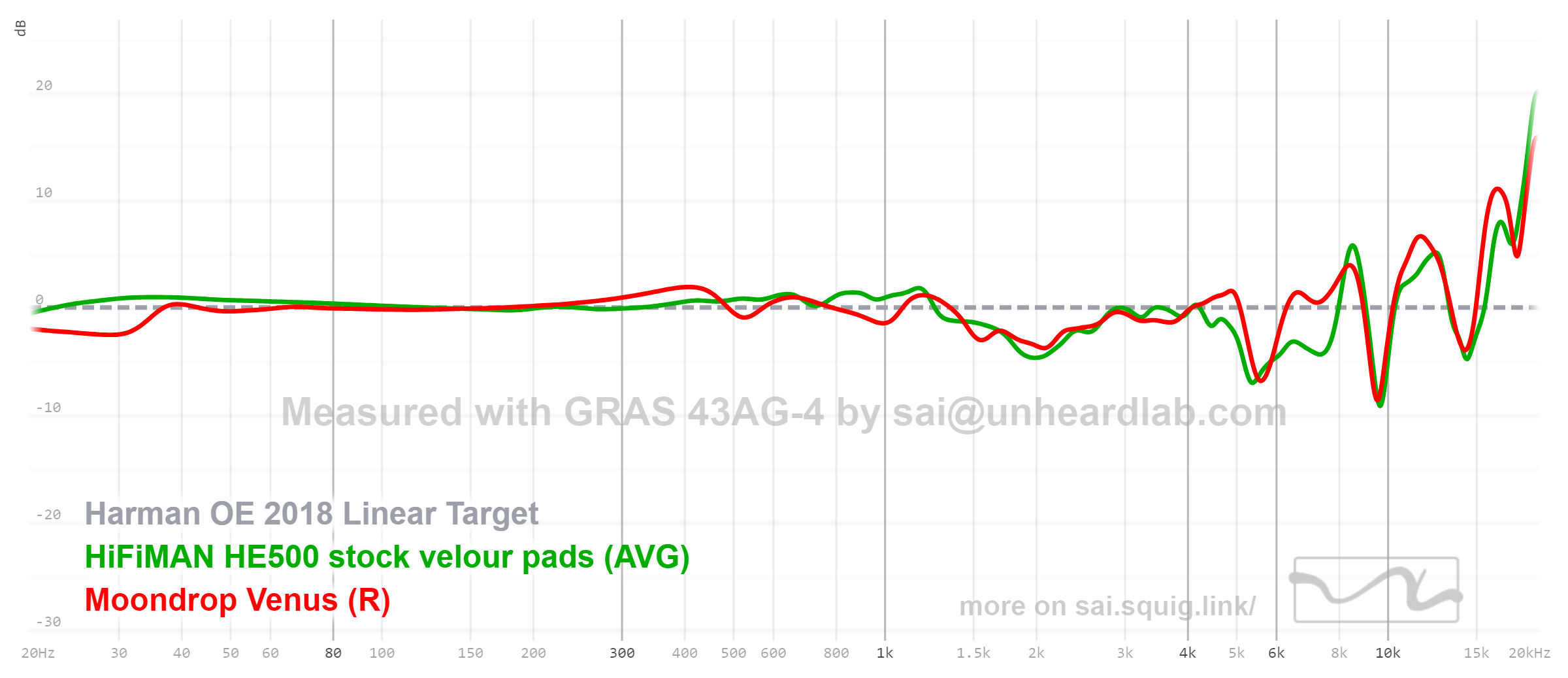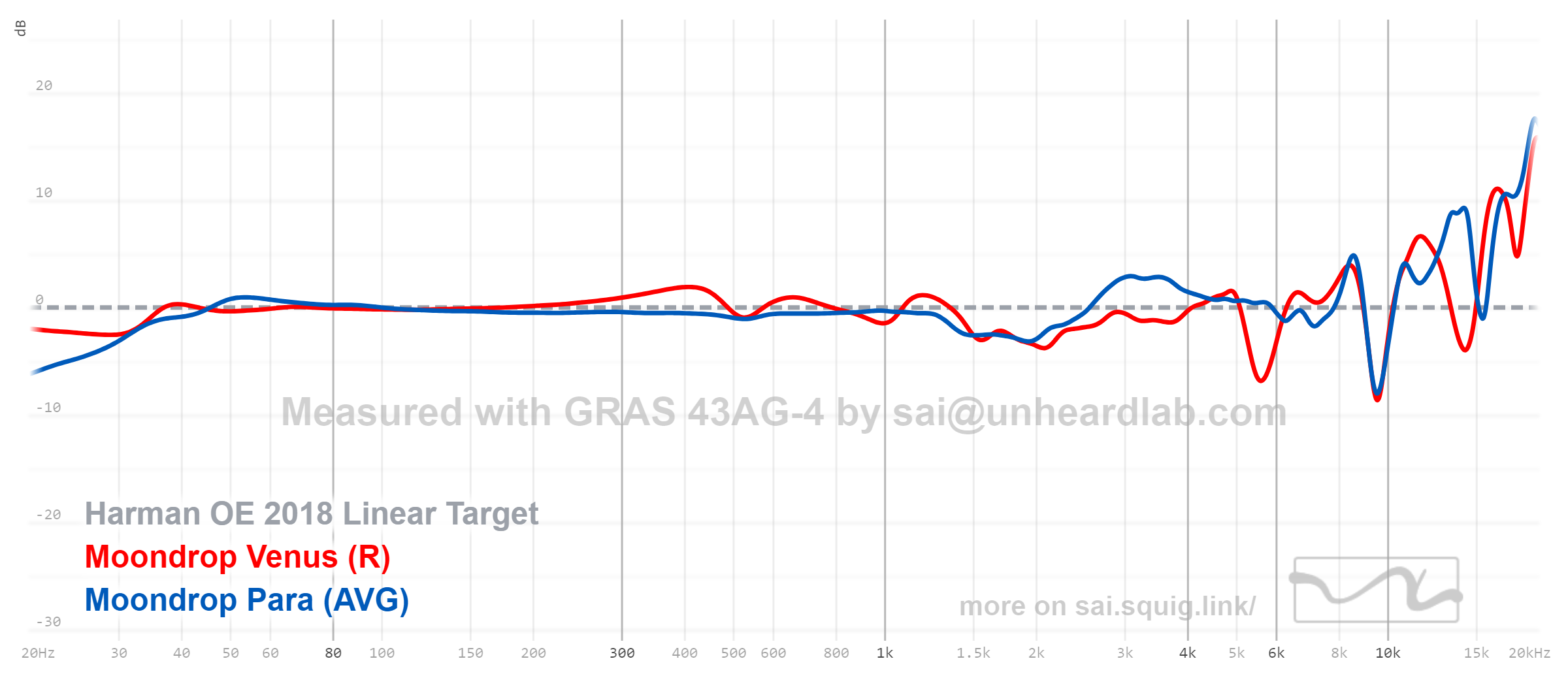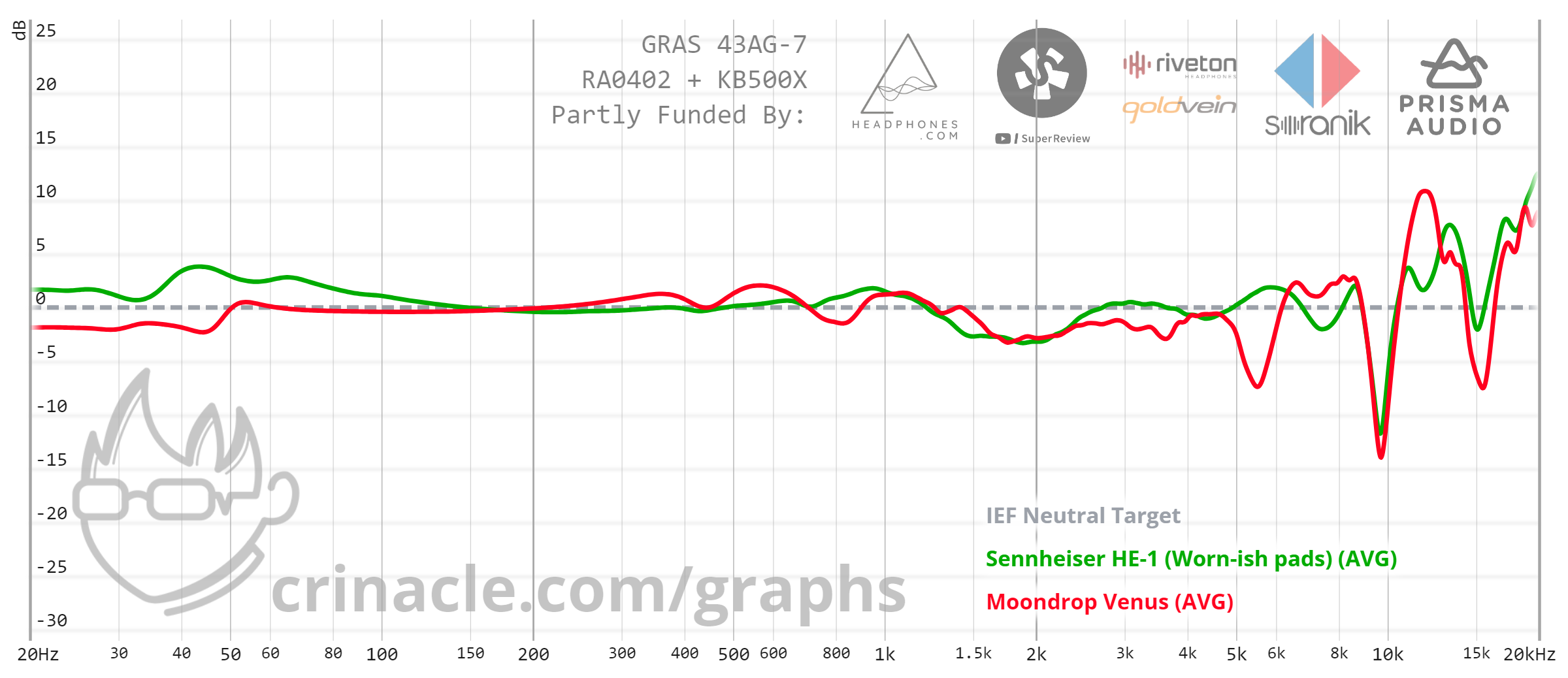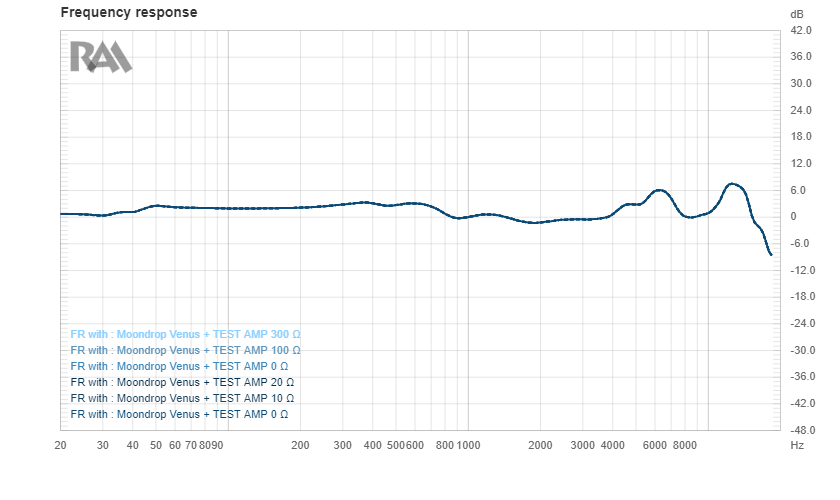It's much more than just 'power'. Based on those figures, to drive the Susvara to 110dB you need 93.2 mA RMS current. The Venus needs 87.8 mA, but with the caveat that the damping factor will be considerably lower for the Venus due to its lower impedance.
Bring the Para into the mix at 80 dB/mW and 8 ohms (manufacturer figures), and you need an astonishing 353.6 mA RMS at 110 dB, with an even lower damping factor.
So the pertinent information is, what's the current drive capability and output impedance of your 2A3 amp?
Thank you for these technical clarifications.
To answer your question, I don't have the slightest idea; perhaps someone more knowledgeable than me in SE tube amplifier electronics will be able to give you the answer.
However, there's a bias in your reasoning; I never listen at an average level of 110 dB SPL (otherwise I'd go deaf very quickly), but rather at
70 SPL in a very quiet environment.
The Viva 2A3 amp can of course reproduce, with the VENUS headphones, a peak level of 110 dB SPL (but I haven't tried it, or very rarely), but I know that at this high SPL level (110 dB) my ears will saturate, with major "physiological" distortion, starting with the triggering of the tympanic stapedial reflex which will reduce the bass considerably to protect the inner ear.
I avoid this high listening level, even at peak (110 dB SPL), which is very unpleasant for my ear.
So the limiting factor in terms of maximum output current (in mA) of my 2A3 tube amp doesn't really arise
in practice at my (reasonable) listening level of 70 dB SPL, with my VENUS headphones.
EDIT: I may have the answer to your question: I believe the output power of a tube amplifier 2A3 (SE) is 3 to 4 watts;
for the Viva 2A3 amplifier, I think the output power is
3 watts on 50 Ohm (I read it somewhere, but I can't remember where) ; if we take the
formula Current (I) = √(P/R), then we have a maximum
output current of 245 mA from the Viva 2A3 tube amplifier; this is much more than the 88 mA RMS needed, according to your calculations, to reach 110 dB SPL with the VENUS, without saturating the tubes of the 2A3 amplifier, with reserve.
With a maximum current of 245 mA at the output of the Viva 2A3 amp (2 x 3 Watt power at 50 Ohm), we obtain an output power of
2 x 1.08 W (2 x 1080 mW) at 18 Ohm (= the impedance of the Moondrop VENUS planar headphones) (according to the formula P= R x I²).
With an effective sensitivity (measured by RAA) of
88. 7 dB /mW SPL for the Moondrop VENUS, we obtain
a maximum SPL of 119 dB SPL,
without saturation in current of the 2A3 amp tubes,
but with definite saturation of my ears, with maximum distortion of the sound heard, hurting the ear at this far too high SPL level, very uncomfortable and dangerous for my hearing.
Otherwise, but this may be a mistake on my part, I believe that orthodynamic headphones (planar), unlike electrodynamic headphones, are not influenced by the amplifier's internal resistance; their damping is not electrical but mainly by a system of air damping of the membrane (and therefore dependent on the volume of air trapped in the cavity delimited by the pads on the ear). The smaller the volume of air, the "stiffer" the damping.




















![NOC]$$D4QZW0G~P`8OAYE5S.png](https://cdn.head-fi.org/a/12334900_thumb.png)


